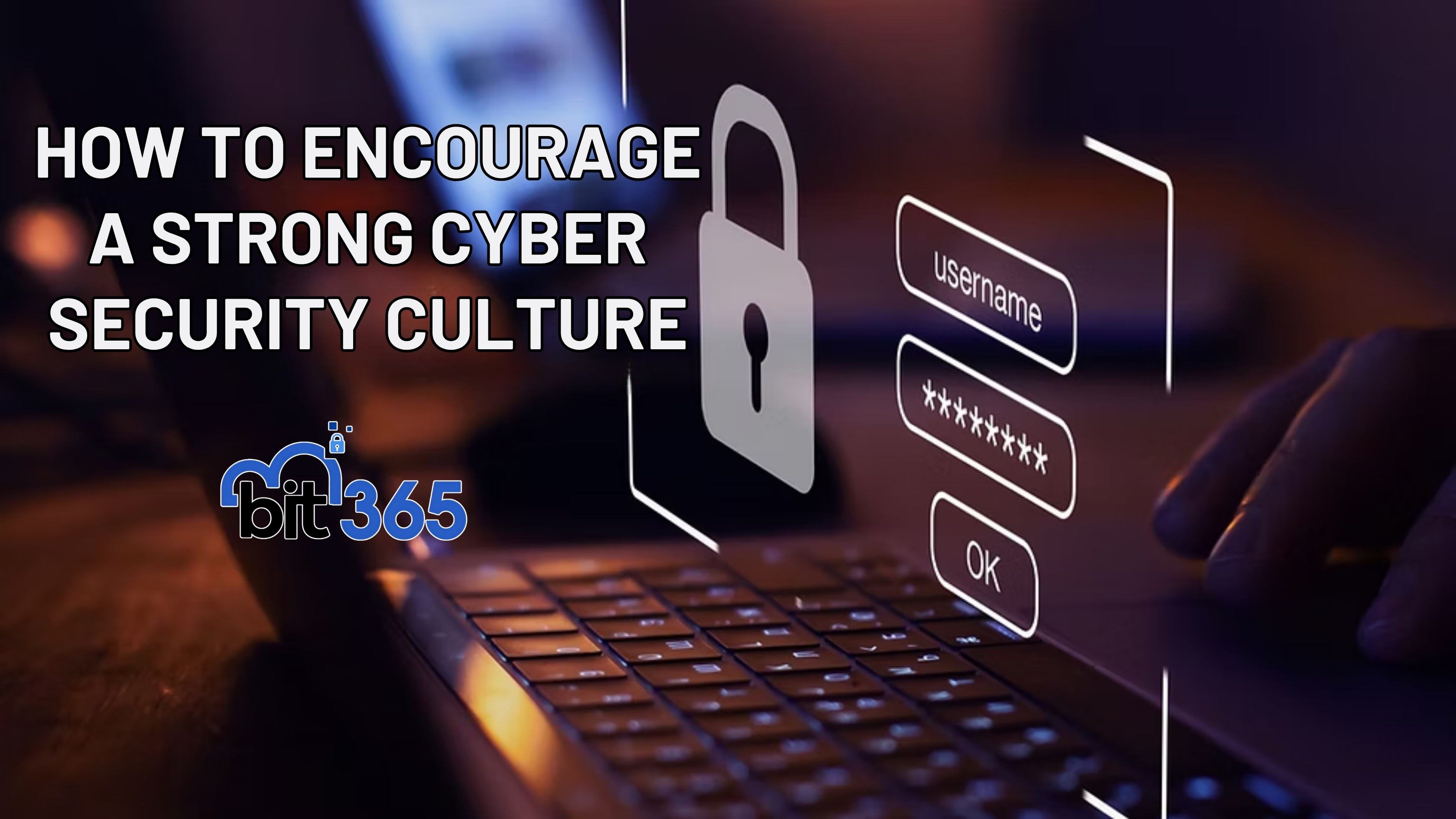
Got IT issues slowing you down? We provide both on-site and remote support across Australia, so help is never far away.
Have you ever wondered how vulnerable your business is to cyberattacks? Recent data shows that 43% of cyberattacks target small businesses, taking advantage of weak or outdated security measures. One of the most effective ways to strengthen your defences is by enabling Multi-Factor Authentication (MFA) across your systems.
This guide will show you why MFA matters, how it works, and how to implement it—step by step—to protect your business in Western Sydney and beyond.
Cybersecurity isn’t just for large corporations. Small businesses are increasingly targeted due to their often-limited resources and weaker defences. A single compromised password can lead to data breaches, financial loss, reputational damage, and even regulatory penalties.
Multi-Factor Authentication (MFA) is a simple, powerful way to reduce these risks. MFA requires users to provide two or more types of verification before granting access—making it much harder for hackers to break in, even if they have your password.
By implementing MFA, your business can:
MFA works by layering three types of authentication factors:
A password, PIN, or security question. This is the most common—and most vulnerable—form of authentication.
A physical object or device, like:
Biometric data such as:
By combining two or more of these, MFA dramatically reduces the chances of unauthorised access—even if a password is compromised.
Start by identifying which systems hold sensitive data or are critical to daily operations. This typically includes:
BIT365 can help businesses across Wetherill Park, Blacktown, and Parramatta audit their systems to pinpoint where MFA should be applied first.
Depending on your business size and budget, here are trusted MFA tools:
⚠️ Pro Tip from BIT365: Don’t just go for what’s cheapest—choose a solution that integrates with your current systems and is easy for your team to use.
Roll out MFA systematically:
A successful rollout includes good onboarding and communication—help your team understand why this matters.
Expect some resistance—MFA may feel like a hassle at first. Offering support can smooth the transition:
Cybersecurity is never "set and forget." Keep your MFA system up-to-date:
🔁 TIP: Run regular MFA tests and simulations (like phishing drills) to ensure it's working as intended.
Even with the best intentions, implementing MFA can present obstacles:
Solution: Emphasise how MFA protects them and the business. Provide easy setup support.
Solution: Choose a provider like Duo or Okta that integrates well with common small business tools (like Microsoft 365 or cloud storage platforms).
Solution: Start with free tools like Google Authenticator or low-cost plans from Duo.
Solution: Implement recovery methods such as backup codes and admin overrides.
Solution: Use tools like Authy that sync across multiple devices securely.
MFA is not just a “nice to have”—it’s a must-have layer of protection for every modern business. With threats evolving daily, implementing MFA is one of the easiest and most cost-effective steps you can take.
At BIT365, we help businesses in Western Sydney—from Campbelltown to Blacktown—assess, implement, and maintain MFA so you can work with peace of mind.
Need help securing your business?
👉 Book a FREE consultation with BIT365 today.

Got IT issues slowing you down? We provide both on-site and remote support across Australia, so help is never far away.
BIT365 offers a full range of managed IT services, including cybersecurity, cloud solutions, Microsoft 365 support, data backup, and on-site or remote tech support for businesses across Australia.
No. While we have a strong presence in Western Sydney, BIT365 supports businesses nationwide — delivering reliable IT solutions both remotely and on-site.
We pride ourselves on fast response times. With remote access tools and on-site technicians, BIT365 can often resolve issues the same day, keeping your business running smoothly.
BIT365 combines local expertise with enterprise-grade solutions. We’re proactive, not just reactive — preventing issues before they impact your business. Plus, our friendly team explains IT in plain English, so you always know what’s happening.

